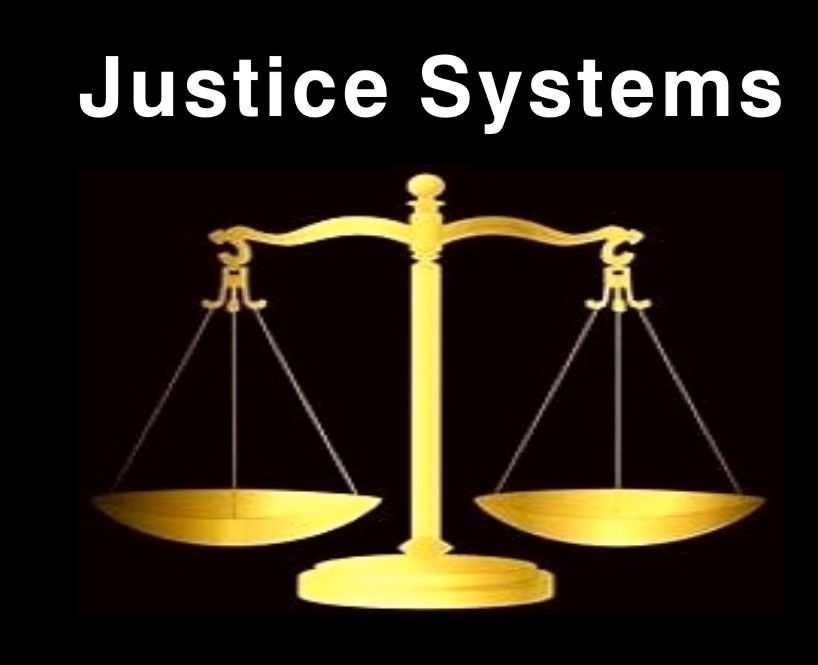
Category: DNA and luminol
DNA Proof 40 Years After A Cowardly Murder Shuts Down A Fact-Fogging Campaign For The Murderer
Posted by The Machine
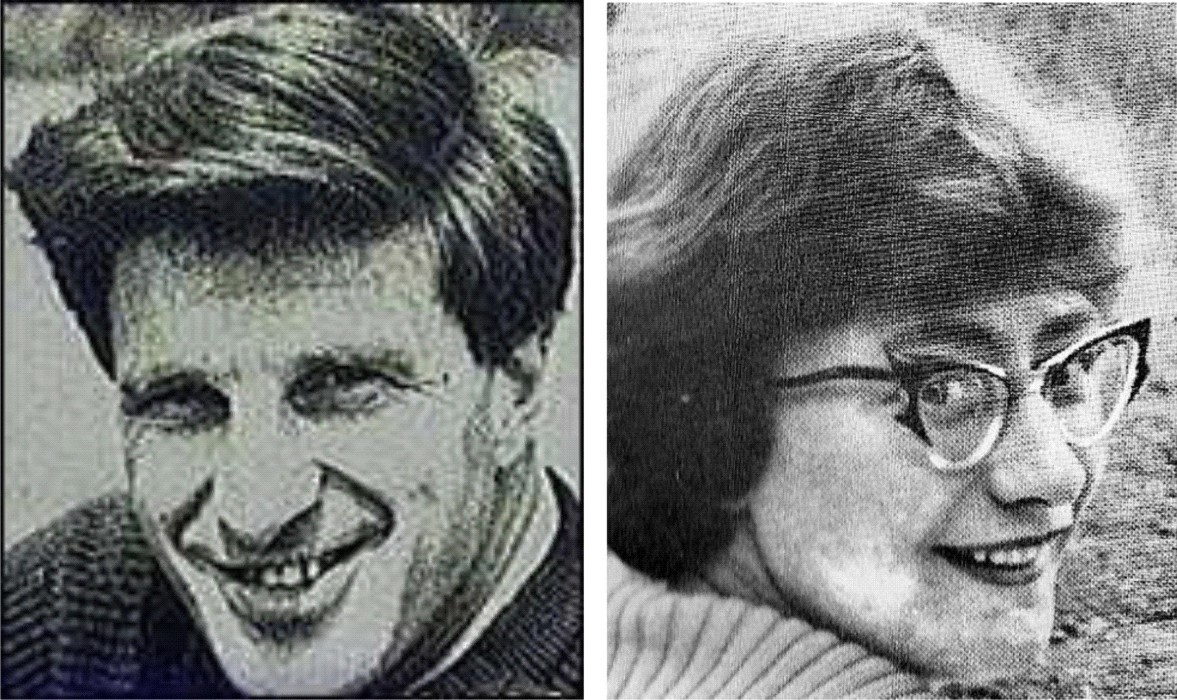
[Above: the murder victim Michael Gregsten and Valerie Storie who survived]
Relevance to Meredith’s case
You maybe thought journalists, politicians, human rights campaigners, lawyers, writers, filmmakers and celebrities campaigning on behalf of someone who evidence strongly suggested was guilty was peculiar to Meredith’s case?
Think again. Exactly the same thing has happened more than a few times. This is one. The UK’s notorious A6 murder of 1961.
On the evening of 22 August 1961, Michael Gregsten, a government scientist, and his girlfriend Valerie Storrie, a laboratory assistant, were sitting in his car next to a cornfield in Berkshire, just west of London, when a masked gunman tapped on the car window. He demanded Gregsten’s wallet and Storie’s handbag.
He then forced Gregsten to drive 60 miles to Deadman’s Hill at Clophill in Bedfordshire where he shot the scientist twice in the head, killing him instantly. Next, he raped and shot Ms Storie five times. She survived the attack, but was left paralysed from the waist down.
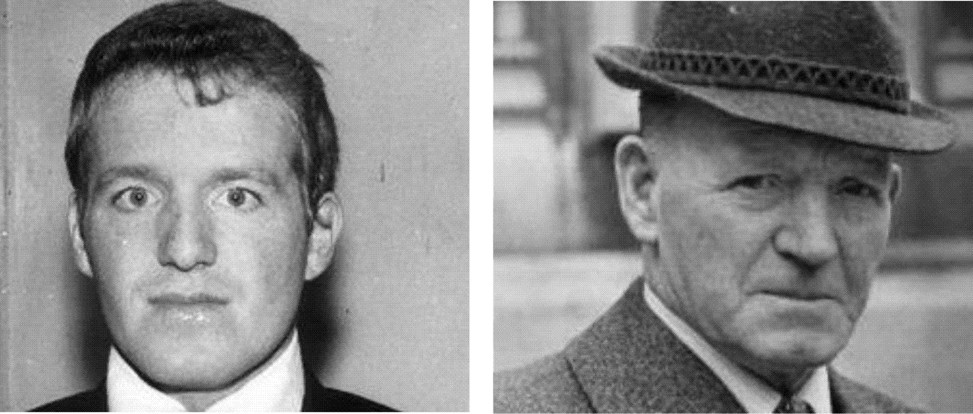
[Above: Convicted murderer James Hanratty and his campaigning father]
Trial and evidence
James Hanratty, a petty thief, was arrested after cartridge cases from the murder weapon were found in a London hotel where he stayed the night before the murder. Valerie Storie picked out Hanratty at an identity parade from her hospital bed and she also made a voice identification of him.
At the trial at Bedford Assizes, James Henratty changed his original alibi that he was staying with friends in Liverpool on the day of the murder and said that he had gone to Rhyl, in north Wales, and stayed two nights in a boarding house. The jury didn’t believe him and James Hanratty was found guilty of murdering Michael Gregsten.
The families of the victims (one dead, one crippled for life) expressed relief that a unanimous verdict was reached.
Hanratty was hanged at Bedford Prison on 4 April 1962. The day before he was hanged, he told his family: “I’m dying tomorrow but I’m innocent. Clear my name.”
The pressure for an appeal
After James Hanratty was hanged, his father launched a campaign to clear his name. A number of high-profile public figures lent their support to the campaign, including John Lennon and Yoko Ono, and prominent politicians David Steel and Norman Fowler.
In 1971, a hundred MPs signed a petition demanding a public inquiry. The Conservative government refused to open such an inquiry.
Three years later the Labour Home Secretary, Roy Jenkins, commissioned a report from Lewis Hawser QC who sat in secret and came to the conclusion Hanratty was guilty.
In 1999, the case was sent back to the Court of Appeal. In March 2001, Hanratty’s body was exhumed and DNA tests were carried on it to see whether his DNA matched DNA traces found on Valerie Short’s knickers and her handkerchief that was found wrapped around the gun.
DNA tests confirm a right verdict
Forensic scientists from the Forensic Science Service (FSS) found that there was a perfect match and concluded that the DNA found on these exhibits was 2.5 million times more likely to belong to Hanratty than anyone else.
A report from the Daily Mail.
James Hanratty was guilty of the notorious A6 murder for which he was hanged, sensational scientific evidence has revealed. A DNA sample taken from his exhumed body has been matched by forensic experts to two samples from the crime scene.
They now believe that there is only a 1-in-2.5million chance Hanratty was innocent. The results of the tests, released to Hanratty’s defence team, are a crushing blow to campaigners who have insisted he was not guilty.
In 2002, James Hanratty’s conviction was upheld at the Court of Appeal and a bid to take the case to the House of Lords was rejected. Lord Woolf, the Lord Chief Justice, who with two colleagues - Lord Justice Mantell and Mr Justice Leveson - considered the posthumous appeal, said the DNA evidence established Hanratty’s guilt “beyond doubt”.
Lord Woolf for the Supreme Court on 10 May 2002:
We have already stressed the importance of looking at a case such as this in the round. The grounds of appeal are of differing significance and although we have dealt with them individually it is also necessary to consider them collectively in asking ourselves the critical question is the conviction of James Hanratty of murder unsafe either on procedural or evidential grounds?
As to the evidential issues they all ultimately relate to the single issue which dominated the trial and this appeal, the identity of the killer. In our judgment for reasons we have explained the DNA evidence establishes beyond doubt that James Hanratty was the murderer.
The DNA evidence made what was a strong case even stronger. Equally the strength of the evidence overall pointing to the guilt of the appellant supports our conclusion as to the DNA.
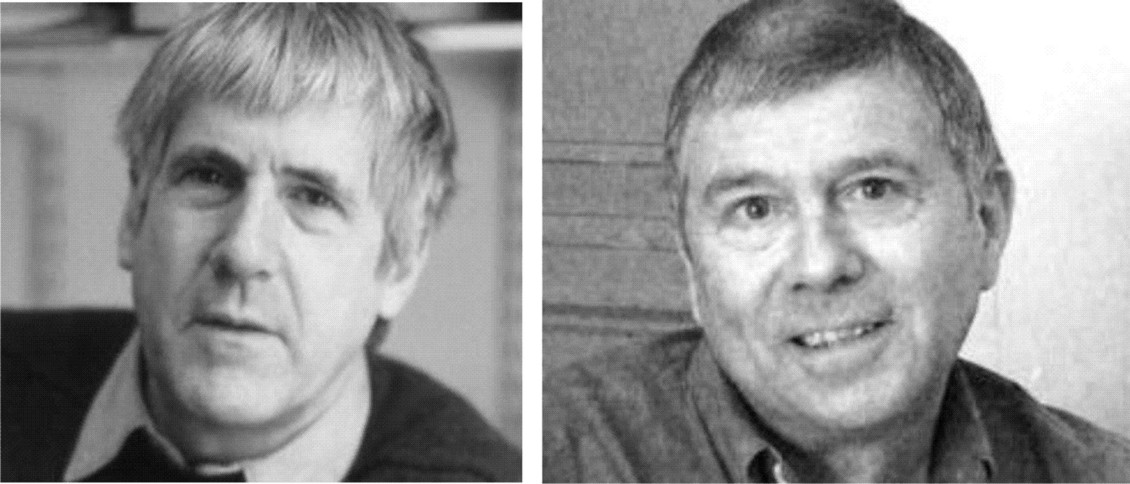
[Above: journalist campaigners Paul Foot and Bob Woffinden]
The 40-year media campaign
Forty years of excruciating hell for the families and friends of the victims, one dead, one crippled for life .
Investigative journalists such as Bob Woffinden and Paul Foot wrote articles and books about the case, stubbornly certain that James Hanratty was innocent and that the case was a miscarriage of justice.
Paul Foot was a highly-respected campaigning journalist who worked for Private Eye, the Daily Mirror and The Guardian. However, his reasons for believing that James Hanratty was innocent were flimsy to the say the least.
From the BBC obituary for Paul Foot:
Beyond his obvious triumphs, Foot sometimes got it terribly wrong.
The Hanratty affair is a case in point. Twenty-five-year-old James Hanratty was hanged in 1962, after being found guilty of killing scientist Michael Gregsten and raping and shooting his mistress Valerie Storie.
Foot’s interest began in 1966 and, for the next 34 years, he consistently and eloquently demanded justice for Hanratty.
The case was finally reopened in 2000 and, after Hanratty’s body was exhumed, so DNA samples could be scraped from his bones, his guilt was proved beyond doubt.
The main crux of his argument for innocence was that James Hanratty was in Liverpool and Rhyl on the day of the murder. There were no positive identifications of Hanratty, just a couple of people who claimed that they had seen a man who looked like him.
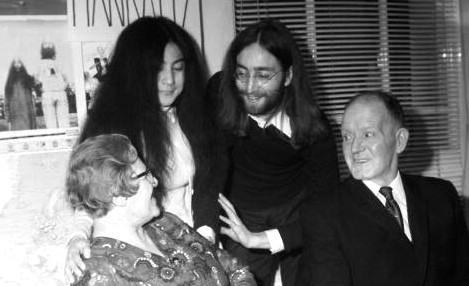
[Above: John Lennon and Yoko Ono with Hanratty’s parents]
A report of John Lennon’s involvement.
On Side One of John & Yoko’s “Live Jam” album (recorded on 15th December 1969) Yoko can be heard to shout “Britain, you killed Hanratty you murderer!”, she then chants Hanratty’s name throughout the opening bars of Don’t Worry Kyoko.
As the [1960s] progressed, the view that Hanratty had in fact been the victim of a gross miscarriage of justice began to gather momentum, another man was even seen to confess to the murder on British Television in 1967. Together with Hanratty’s parents, John and Yoko discussed the idea of making a film to back the campaign for an enquiry and this was announced at an Apple press conference on December 10th 1969.
The one and only public screening of the 40-minute colour result was eventually shown in the crypt of St. Martin-in-the-Fields Church, London on 17th February 1972.
29 years later DNA evidence from the exhumed body of Hanratty was said to prove that he DID commit the murder, although it has been argued that the retained evidence may have been cross contaminated in storage.
Supporters of James Hanratty have come out with the predictable excuse that the DNA evidence must have been contaminated. However, the forensic scientists who worked in the case said this highly unlikely and pointed out that they had found no other DNA profiles on the two exhibits.
Implications for PR campaigns
The DNA tests carried out by the FFS that finally provided definitive proof that James Hanratty killed Michael Gregsten and raped and shot Valerie Storie more or less stopped the bandwagon dead in its tracks.
But there had been for decades almost fanatical and very vociferous support for someone who’d been unanimously convicted of murder, many of whom stood to gain, though it didnt have too much effect except to have the case looked at and found solid twice.
James Hanratty’s supporters claimed that he had no motive, that the police framed him, and that the DNA evidence was contaminated by the government’s experts. NONE of this was proved. Unless there is actual proof of dastardly plots and contamination, these claims against the authorities are unfruitful and unfair.
The most important lesson to be learnt from the A6 murder case is that a bandwagon of journalists, politicians, human rights campaigners, lawyers, writers, filmmakers and celebrities being absolutely convinced of someone’s innocence does not make him or her innocent in fact.
Even intelligent and well-intentioned people like Paul Foot and David Steel can mistakenly believe a killer is innocent and shrug off the pain the victims’ families must feel.
Implications for Curt Knox’s campaign
There are a number of parallels to the campaign against justice for Meredith. The families of the victims for one were put through years of hell, the real evidence was wildly distorted, and many good justice professionals and reporters were impugned. .
Hopefully the judges at the Italian Supreme Court will order a new appeal trial early next year, and the new tests the prosecution requested at the appeal on the remaining sample from the large knife can now be carried out.
Professor Novelli testified that it is possible to extract, amplify and attribute DNA with just 10-15 picograms of DNA using cutting-edge technology. Conti and Vecchiotti extracted approximately 100 picograms of DNA from the blade of the knife.
Sollecito seemed to know there could be incriminating DNA evidence on that knife, and Knox had an extreme reaction not yet accounted for in an innocent way when she was shown a drawer full of knives.
There is enough DNA for more than one test. If Meredith’s DNA is indeed identified once again, the already strong case against Knox and Sollecito can be closed once and for all. And Curt Knox’s PR will be gone.
[Below: the then Lord Chief Justice Lord Woolf]
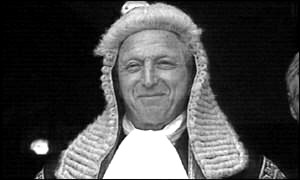
UK High Court Convicts Two After 18 Years When Defense DNA Contamination Claims Lose Traction
Posted by The Machine
Gary Dobson and David Norris have been found guilty of murdering Stephen Lawrence in 1993 by a jury at the Old Bailey.
There are some parallels between this case and the Meredith Kercher case: the police were accused of making a catalogue of errors and the defence lawyers claim forensic evidence was contaminated.
Gary Dobson was acquitted of Stephen Lawrence’s murder in 1996. However, the Court of Appeal quashed the acquittal. The case against David Norris collapsed before it reached court.
It’s heartening that Dobson and Norris have been finally brought to justice. Forensic scientists used advanced techniques which were not available to the original investigators to recover bloodstains, clothing fibres and a single hair belonging to Stephen Lawrence from the clothes of the suspects.
Rosalyn Hammond from LGC Forensics explaining in today’s Telegraph:
Their convictions come after a five-week trial during which forensic evidence linking the two to the murder was shown to the jury.
The discovery of the fibres, blood and hair on the clothing was the evidence upon which the trial was based. A spot of Stephen’s blood was found on the collar of Dobson’s jacket, while hairs belonging to Stephen were found on Norris’ trousers. As well as the blood spot, fibres from Stephen’s clothing were found on clothing taken from the homes of Dobson and Norris.
At one point in the 1990s Dobson contacted the Metropolitan Police to ask for the return of his clothes. But, after considering his request, Scotland Yard declined. Even today the force retains the clothing of all of the suspects so that they can be tested as forensic techniques develop.
A further criticism could be laid at the door of the scientists who failed to discover the blood spot in the 1990s. But experts pointed out that even if it had been discovered then, it would have been useless as DNA testing had not yet developed enough to be able to clarify that such a small stain was blood belonging to Stephen Lawrence.
The tiny stain found on Dobson’s jacket is believed, by forensic experts, to be the smallest piece of forensic evidence upon which a trial has ever been mounted.
The decision to base the prosecution against Dobson on such a small piece of evidence was a risk, however. After his conviction was quashed, the current law allows only one further attempt at prosecution. It meant that if he was found not guilty, Dobson could never have been charged again.
The Italian Supreme Court should order another appeal trial on the grounds that the court consultants Vecchiotti and Conti failed to carry out a newly available test on the knife. That was despite the fact they were specifically instructed in their initial instructions to do so.
Also that Judge Hellman late in the appeal arbitrarily denied the prosecution request for precisely that test of the DNA without any good reason.
The prosecution grounds for their appeal to the Italian Supreme Court due this month are expected to repeat this request and we can see no grounds that could allow the Supreme Court to deny it. There are a number of laboratories that have the technology to carry out a test on the remaining DNA on the knife.
The requested test on the knife should go ahead.
